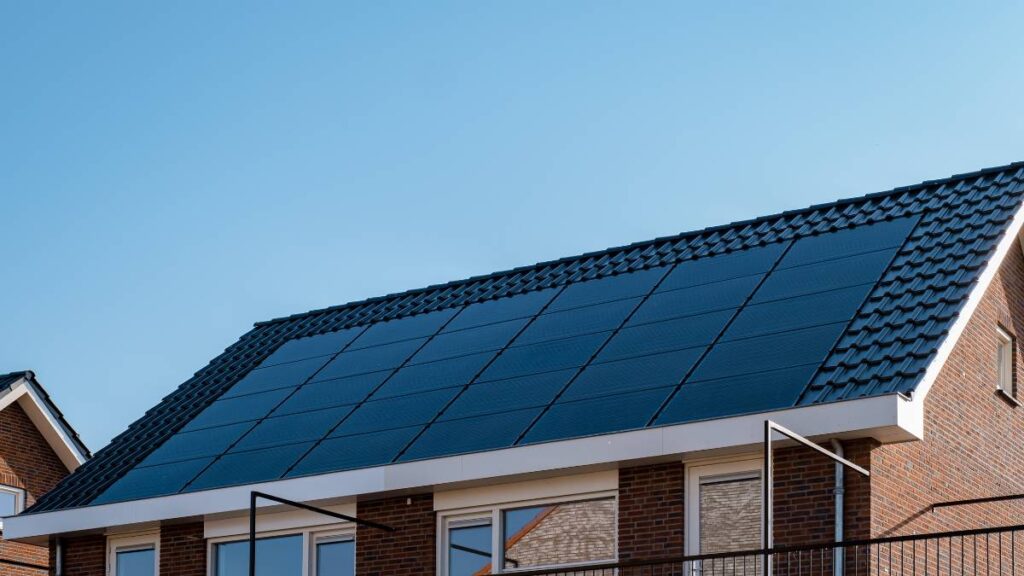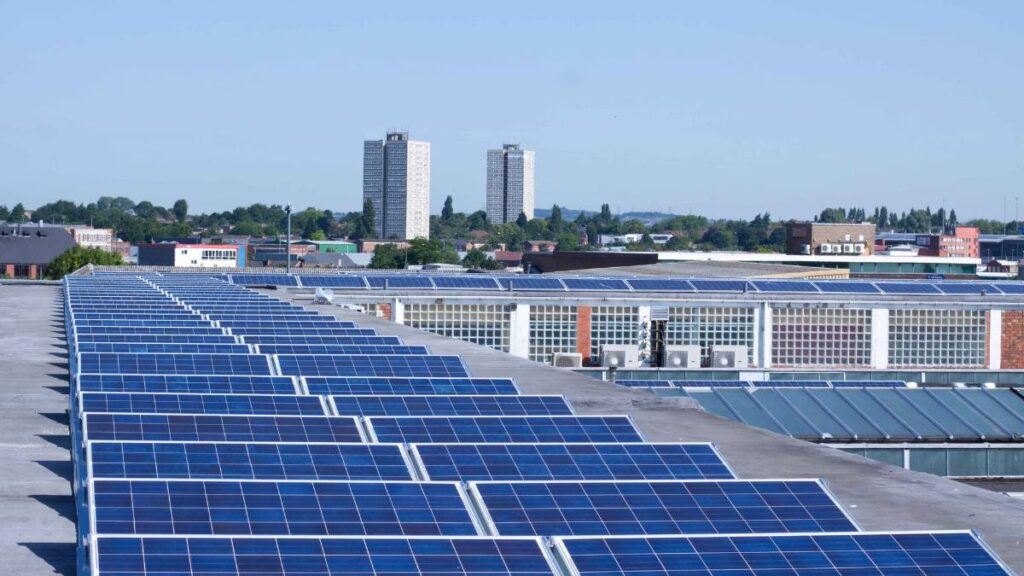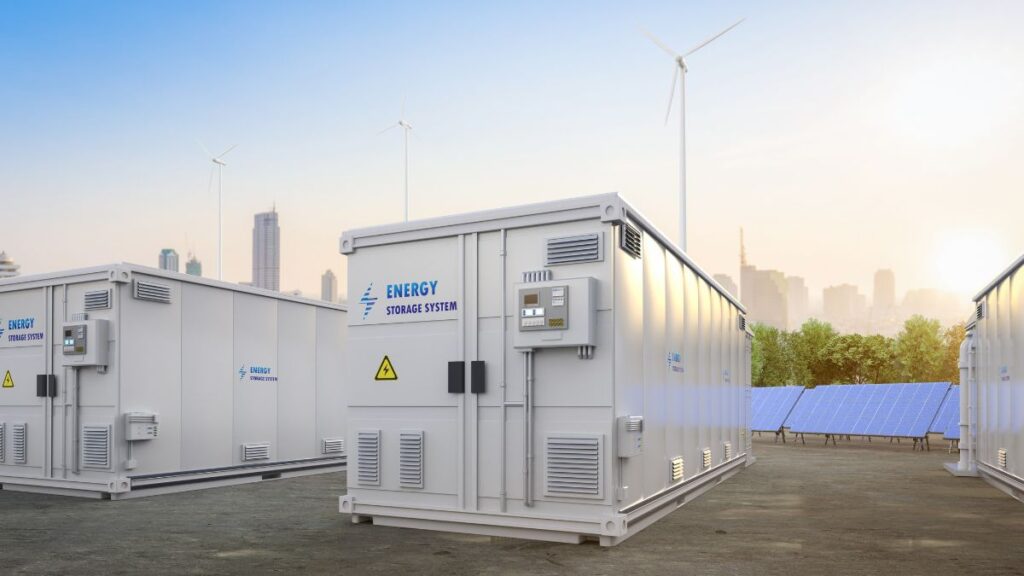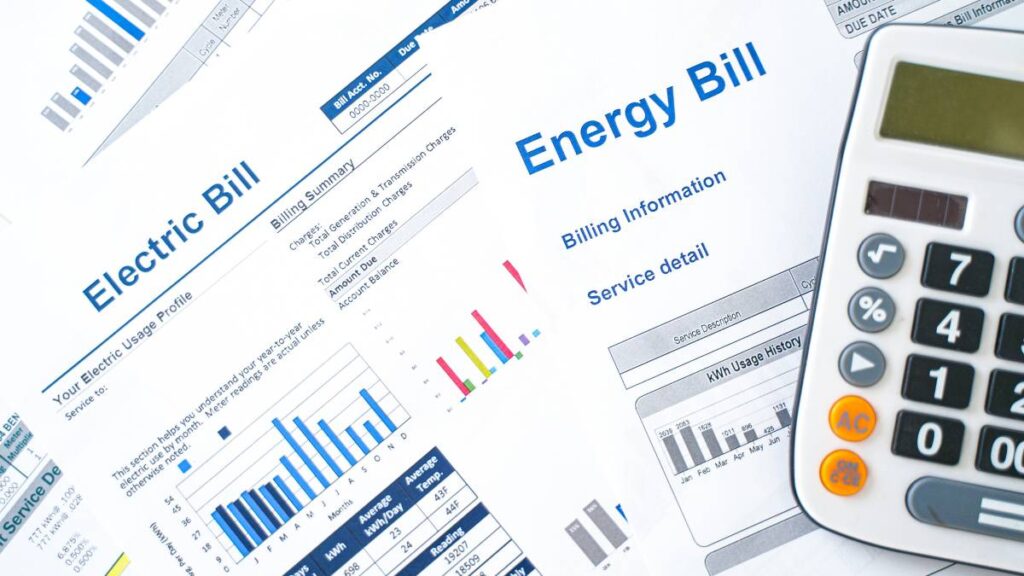Solar roads, an innovative concept blending renewable energy with infrastructure, are gaining traction as a potential solution to meet global energy demands sustainably. These roads integrate photovoltaic (PV) technology directly into road surfaces, transforming everyday pathways into energy-generating assets. This article delves into the concept of solar roads, examining their functionality, benefits, challenges, and the path ahead in this technological journey.
Understanding Solar Roads
Solar roads are constructed using solar panels that are robust enough to withstand the weight and movement of vehicles while capturing solar energy. These panels are typically embedded into pre-existing roadways or built into new surfaces, featuring a durable, translucent, and slip-resistant top layer that protects the photovoltaic cells underneath.
How Solar Roads Work
- Energy Generation: Photovoltaic cells within the road surface convert sunlight into electricity, which can be used to power streetlights, traffic signals, nearby buildings, and even electric vehicles.
- Durability and Safety Features: Solar road panels are designed to be hard-wearing and weather-resistant. They can also include additional features like LED lighting for road markings and thermal heating elements to prevent ice and snow accumulation.
Benefits of Solar Roads
- Dual-Use Infrastructure: Solar roads maximize the utility of land by combining transportation and energy generation, reducing the need for additional land for solar farms.
- Local Energy Production: They facilitate localized energy generation, potentially reducing transmission losses and dependence on centralized power grids.
- Innovative Design: Solar roads can incorporate smart technology, such as sensors for traffic and weather monitoring, contributing to the development of smart cities.
Challenges in Implementing Solar Roads
- ost and Feasibility: The initial investment for solar road technology is high, and the cost-effectiveness compared to traditional solar panels and road materials is a significant concern.
- Efficiency Concerns: Solar roads currently offer lower energy conversion efficiency than conventional solar panels due to the angle of sunlight incidence and potential shading by vehicles.
- Durability and Maintenance: Ensuring the long-term durability of solar road panels under constant traffic and varying weather conditions poses a technological challenge.
Current Applications and Pilot Projects
Various pilot projects and research initiatives globally are testing the viability of solar roads. Examples include:
- France’s Wattway: A significant project where a kilometer of solar road was installed to test the concept’s feasibility.
- The Netherlands’ SolaRoad: A bike path fitted with solar panels, demonstrating how solar roads can be integrated into urban transport networks.
Future Outlook and Development
Ongoing research aims to enhance the efficiency and durability of solar road technology while exploring cost-reduction strategies. Innovations focus on developing more cost-effective and durable floating platforms, integrating solar roads with advanced energy storage solutions, and exploring their co-location with aquaculture and other water-based activities to maximize space and resources.
Conclusion
Solar roads present a forward-thinking approach to integrating renewable energy into daily infrastructure, offering a glimpse into a future where roadways do more than facilitate transport; they actively contribute to a sustainable energy ecosystem. While challenges remain in realizing their full potential, the continued advancement in solar road technology signifies a promising path towards harmonizing infrastructure development with renewable energy goals. Could solar roads be the key to unlocking a new era of sustainable infrastructure?







